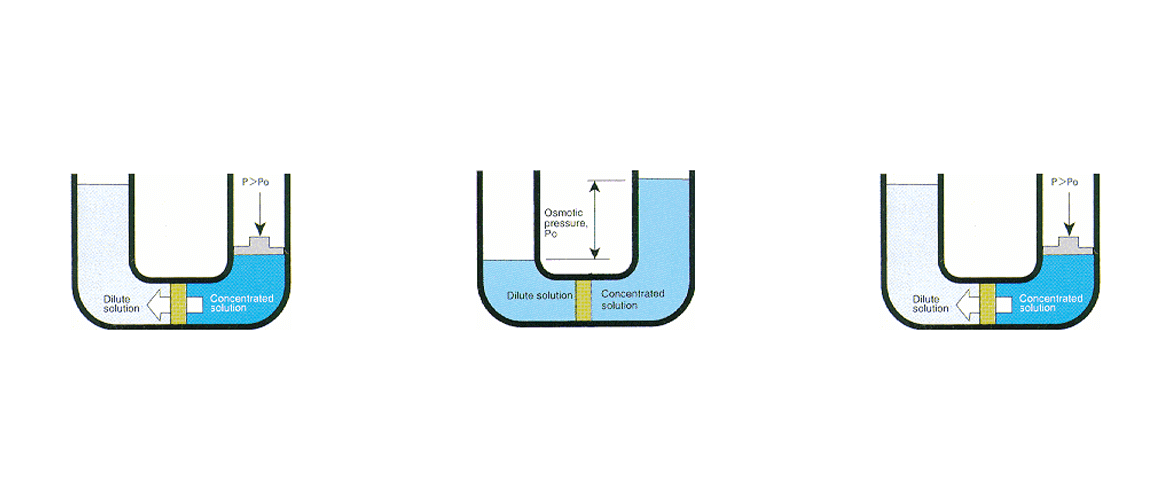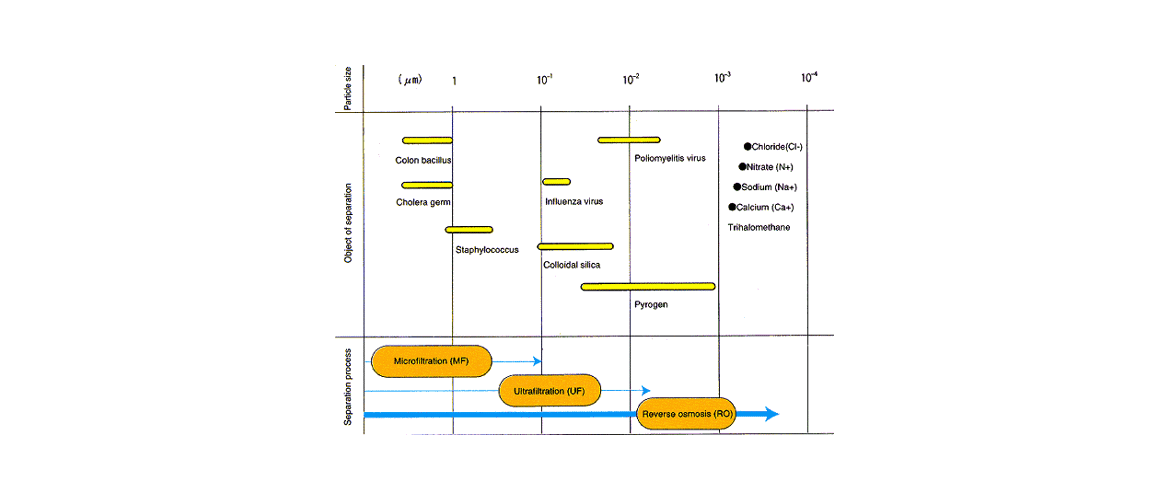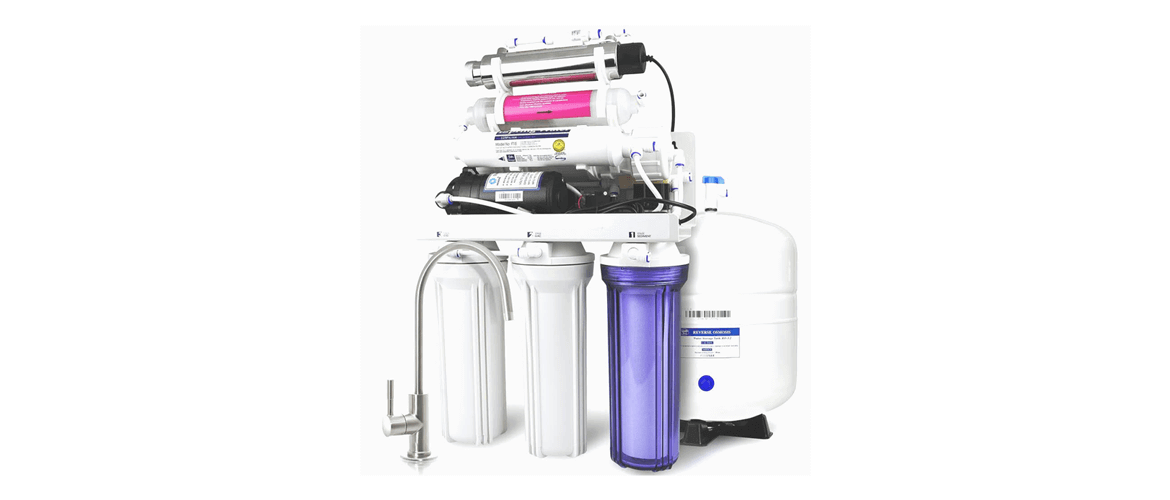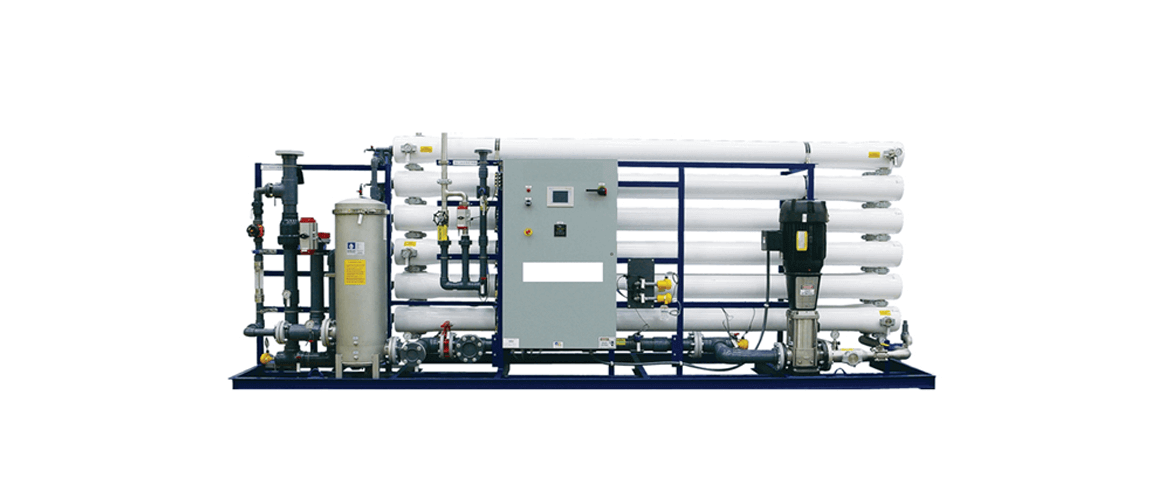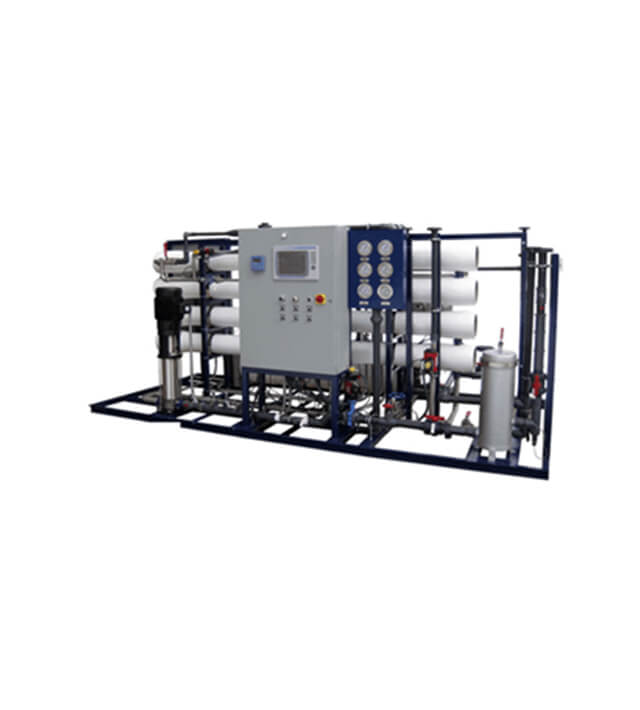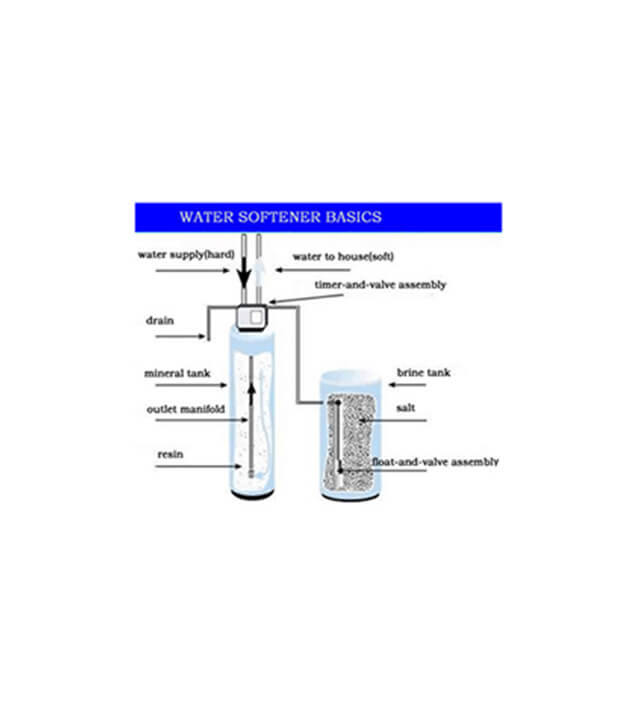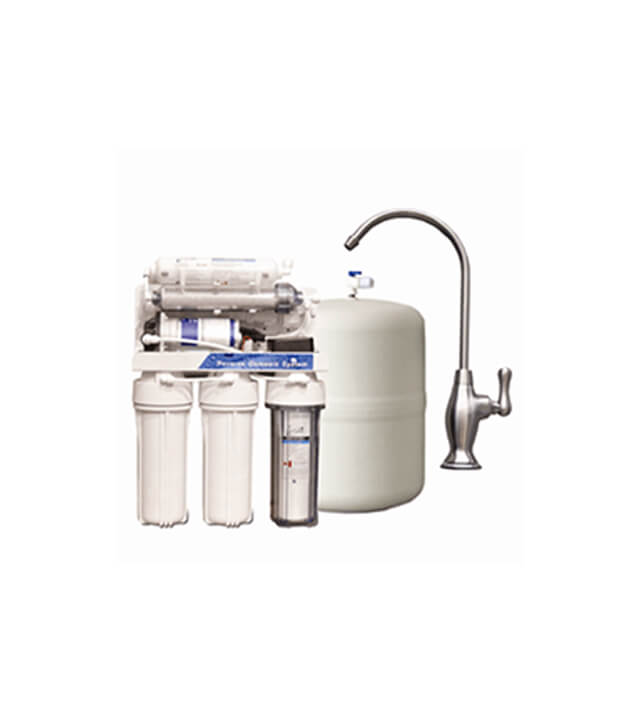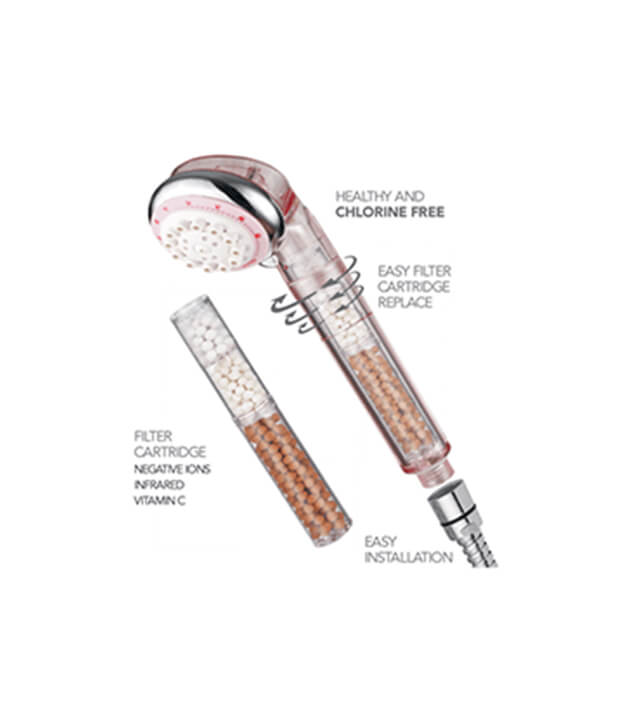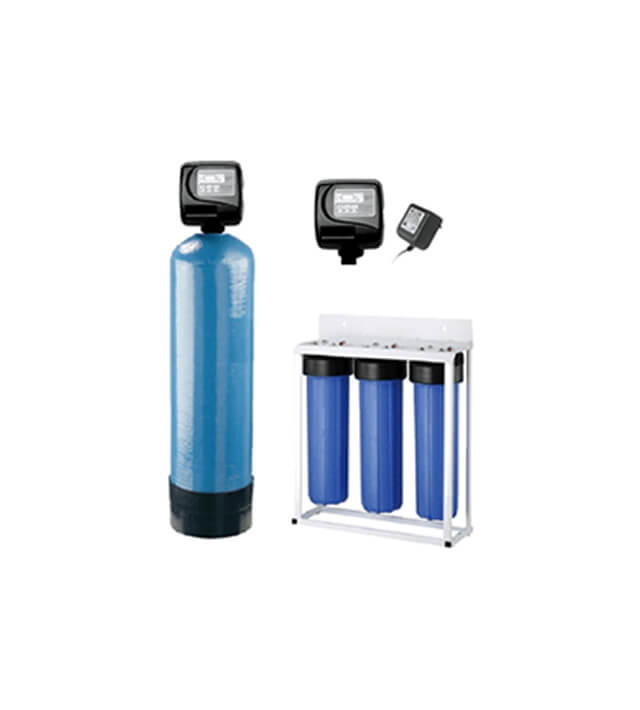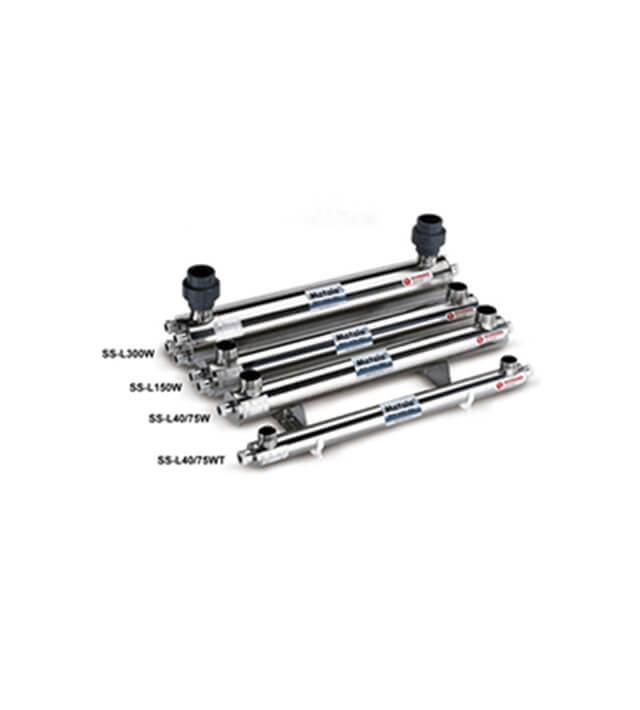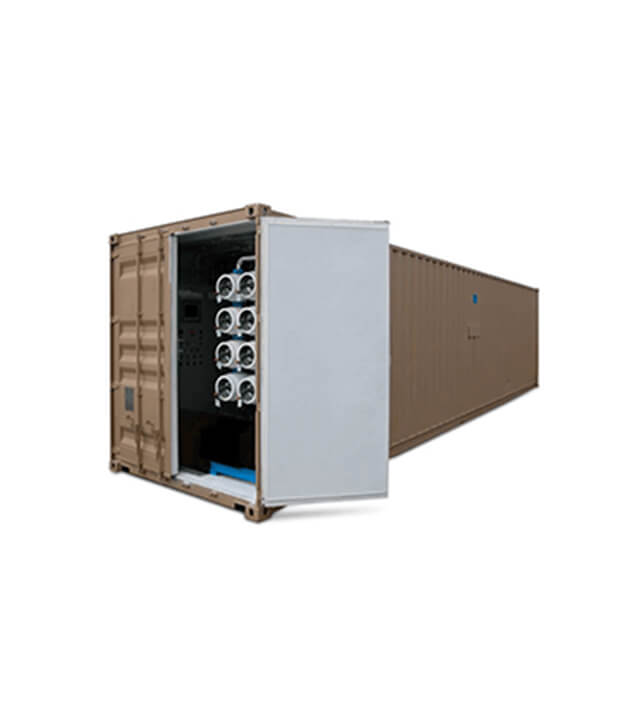Osmosis
Osmosis is a phenomenon where pure water flows from a dilute solution through a semi permeable membrane to a higher concentrated solution. Semi permeable means that the membrane will allow small molecules and ions to pass through it but acts as a barrier to larger molecules or dissolved substances. To illustrate this, assume that a semi permeable membrane is placed between two compartments in a tank. Assume the membrane is permeable to water, but not to salt. If we place a salt solution in one compartment and pure water solution in the other one, the system will try to reach equilibrium by having the same concentration on both sides of the membrane. The only possible way to do this is for water to pass from the pure water compartment to the saltwater compartment.
As water passes through the membrane to the salt solution, the level of liquid in the saltwater compartment will rise until enough pressure, caused by the difference in levels between the two compartments, is generated to stop the osmosis. This pressure, equivalent to a force that the osmosis seems to exert in trying to equalize concentrations on both sides of the membrane, is called osmotic pressure.
Reverse Osmosis
If pressure greater than the osmotic pressure is applied to the high concentration the direction of water flow through the membrane can be reversed. This is called reverse osmosis (abbreviated RO). Note that this reversed flow produces pure water from the salt solution, since the membrane is not permeable to salt.
How Does Reverse Osmosis Work?
Diffusion is the movement of molecules from a region of higher concentration to a region of lower concentration. Osmosis is a special case of diffusion in which the molecules are water and the concentration gradient occurs across a semipermeable membrane. The semipermeable membrane allows the passage of water, but not ions (e.g., Na+, Ca2+, Cl-) or larger molecules (e.g., glucose, urea, bacteria). Diffusion and osmosis are thermodynamically favorable and will continue until equilibrium is reached. Osmosis can be slowed, stopped, or even reversed if sufficient pressure is applied to the membrane from the 'concentrated' side of the membrane.
Reverse osmosis occurs when the water is moved across the membrane against the concentration gradient, from lower concentration to higher concentration. To illustrate, imagine a semipermeable membrane with fresh water on one side and a concentrated aqueous solution on the other side. If normal osmosis takes place, the fresh water will cross the membrane to dilute the concentrated solution. In reverse osmosis, pressure is exerted on the side with the concentrated solution to force the water molecules across the membrane to the fresh water side.
Membrane Separation Technologies
If pressure greater than the osmotic pressure is applied to the high concentration the direction of water flow through the membrane can be reversed. This is called reverse osmosis (abbreviated RO). Note that this reversed flow produces pure water from the salt solution, since the membrane is not permeable to salt.
Reverse osmosis products for different Uses :
1. Residential/Domestic Reverse Osmosis Drinking Water System
Our Point of Use Home RO Systems provide a continuous supply of clean, fresh drinking water. RO Systems are assembled on a heavy-duty SS bracket for wall-mounting under the sink or in a nearby location.
2. Commercial Reverse Osmosis Drinking Water System
The system is economical and designed commercial and residential application.it is suitable for Restaurants, Labour accommodations, food processing industries, aquariums, shopping malls and schools.
3. Industrial Reverse osmosis system
Designed to produce low dissolved solids water from tap or well water, these industrial RO systems use high efficiency reverse osmosis membranes. The product water is used in applications such as semiconductor, boiler feed, pharmaceutical, municipal, water reuse, food processing, bottling, plants, and a wide variety of other applications.
The ECOPURE Series reverse osmosis systems use proven, reliable components and are mounted on a sturdy powder-coated metal frame. There are numerous design details learned from years of experience that are incorporated in our water filtration systems. Our process and fluid design ensure an optimum membrane life and minimizes the membrane fouling.
We use 8” Diameter, 40” long membrane elements. Pressure vessels contain multiple elements and are mounted in a horizontal position.
Our Works
Featured Products
WE ALSO PROVIDE PARTS ACCESSORIES, AMC CONTRACT AND FILTERS SERVICES AT YOUR HOME / INDUSTRIES / OFFICES ETC


